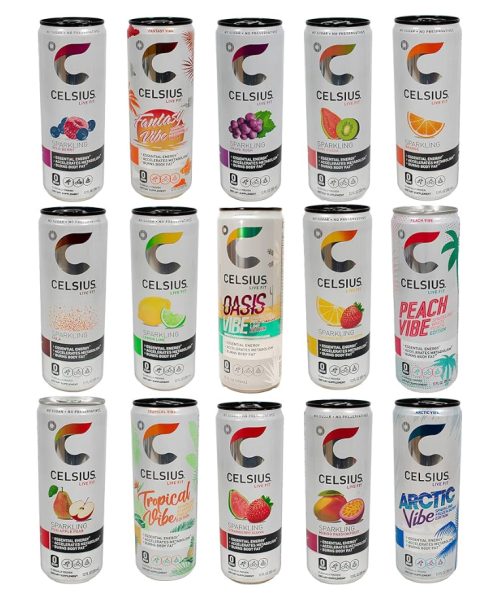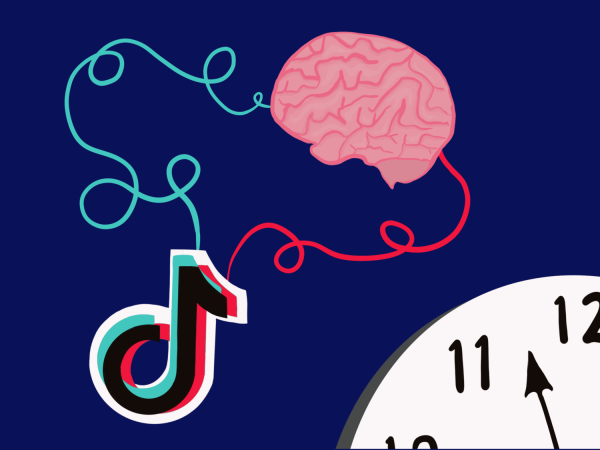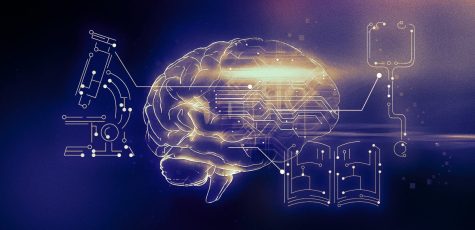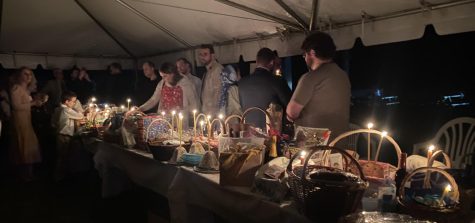April is Autism Awareness Month, but should it be Autism Acceptance Month?
Opinion: Autism Acceptance
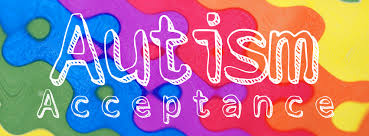
Midlo Scoop is republishing this opinion piece, first published on April 17, 2017, to bring continued awareness to students with Autism.
Every year on April 2nd, the world celebrates World Autism Awareness Day. In 2008, spearheaded by the state of Qatar, the United Nations General Assembly unanimously declared April 2nd as World Autism Awareness Day “to highlight the need to help improve the quality of life of those with autism so they can lead full and meaningful lives as an integral part of society. One of the most highly publicized parts of World Autism Awareness Day is the organization Autism Speaks’ Light It Up Blue campaign. Blue lights shine on iconic buildings and monuments all over the world (the Empire State building in the USA, the Sphinx in Egypt, the Opera House in Australia, and Christ the Redeemer Statue in Brazil, just to name a few) to show their support of autism awareness. However, some people on the autism spectrum are not happy with World Autism Awareness Day or the Light it Up Blue Campaign.
Autism is a spectrum; On one end are the most severely affected–almost completely nonverbal, extreme sensory issues, immense social skill challenges, and sometimes cognitive disabilities; “Asperger’s Syndrome” and “high cognitive autism” are on the other end of the spectrum; those affected are characterized by increased verbal skills, mild sensory issues, mild social skills challenges, and average to above average intelligence. Autism Speaks is the largest autism-focused charity and started the Light it up Blue ad campaign. Autism Speaks only focuses on the most severe side of the spectrum, and they are almost completely ignoring that it is a spectrum at all. They do not take into account that many people on the spectrum accept and value their autism. They also focus on a cure for autism and are working on locating the genes that cause autism. Yet, there are those with autism who do not wish for a cure.
Regarding Autism Awareness Month, people are already aware of Autism; in fact, it has even become a slur on the internet. On certain forums, people may write, “That’s so autistic,” and this is meant to be derogatory! We need to have society accept that there are people with autism. It is about time that the public accept that there is a large community with autism and help them integrate with the neurotypical (non-autistic) community. Awareness is letting people know about autism and not really trying to change how society sees them. Acceptance is moving beyond awareness and helping to ensure that our society provides supports and opportunities for people on the whole autism spectrum.
When many people think of autism, they often think of the movement to find a cure. That is what some of the more powerful autism organizations want them to think. However, since the article by autistic John Sinclair, “Don’t Mourn for Us,” was published in 1993, there has been another, entirely different, movement within the autism community. It’s a movement that embraces learning, social, and thinking differences as a perfectly “normal” part of the human experience. It’s a movement that believes that people with autism, regardless of severity, do not need to be fixed. Their differences are not diseases to be cured but differences in “wiring” that are necessary for a diverse human population.
One in sixty-eight children has been identified with an autism spectrum disorder, or ASD (Centers for Disease Control and Prevention, 8/12/15). This means that in a public school our size, not taking into account that Midlothian High School has TWO autism programs, there will be 25 or 26 students with ASD. Whether you have a person with ASD in your family, as a neighbor, in your English class or on your bus, you are more than likely touched by autism in some way. Finally, there are those who say that the following people may have had an autism spectrum disorder or that they had many characteristics of someone on the spectrum: Albert Einstein, Thomas Edison, Thomas Jefferson, Wolfgang Amadeus Mozart, Nikola Tesla, Sir Isaac Newton, Emily Dickinson, Charles Darwin, and Michelangelo. It is difficult to imagine a world where these people had never existed or one in which they were unable to create, write, invent, and think in their own majestical way. What a sad world it would have been!
Learn more about Midlo’s Autism Program by clicking HERE. (Video courtesy of Trojan Live Network)


